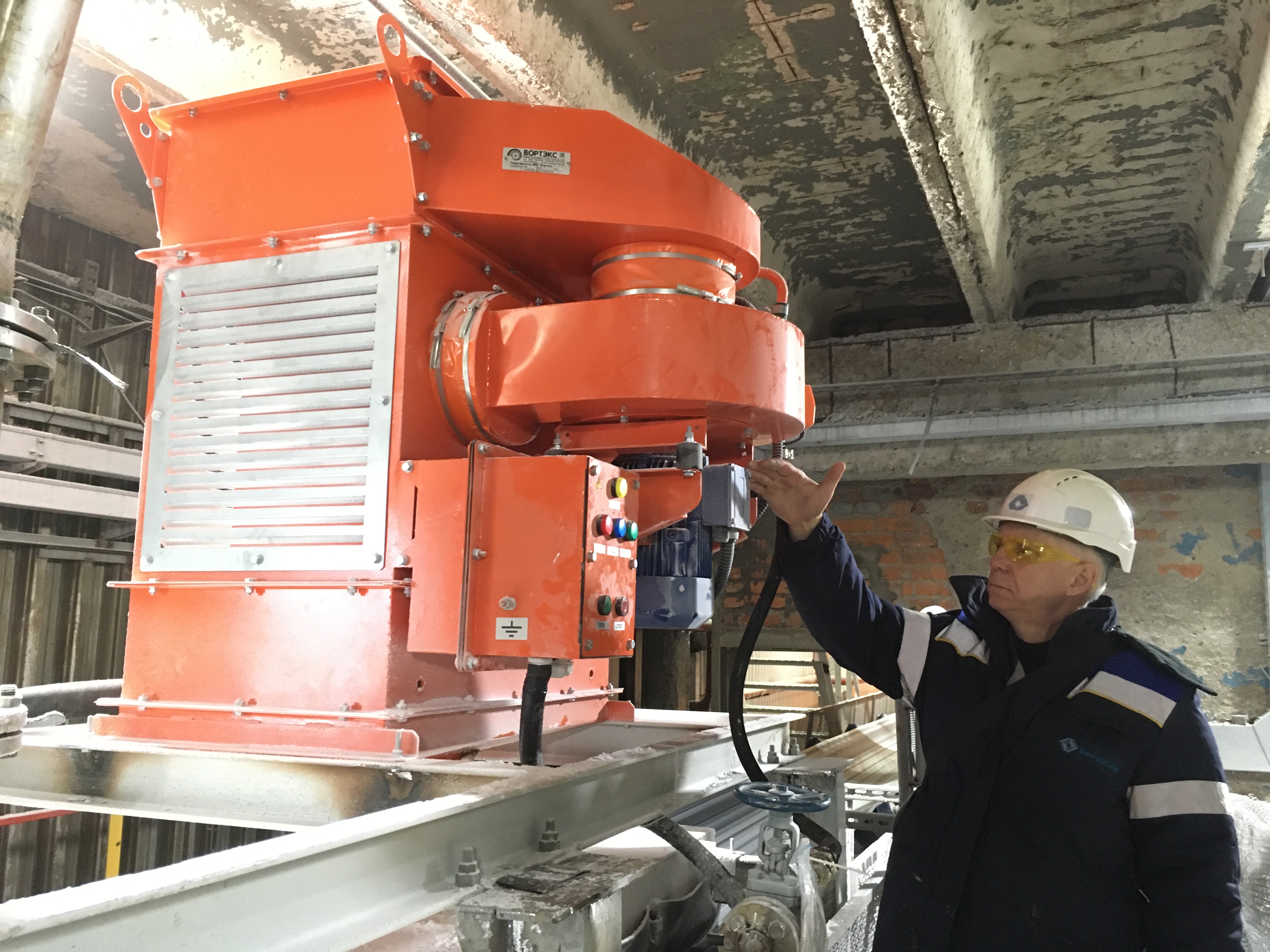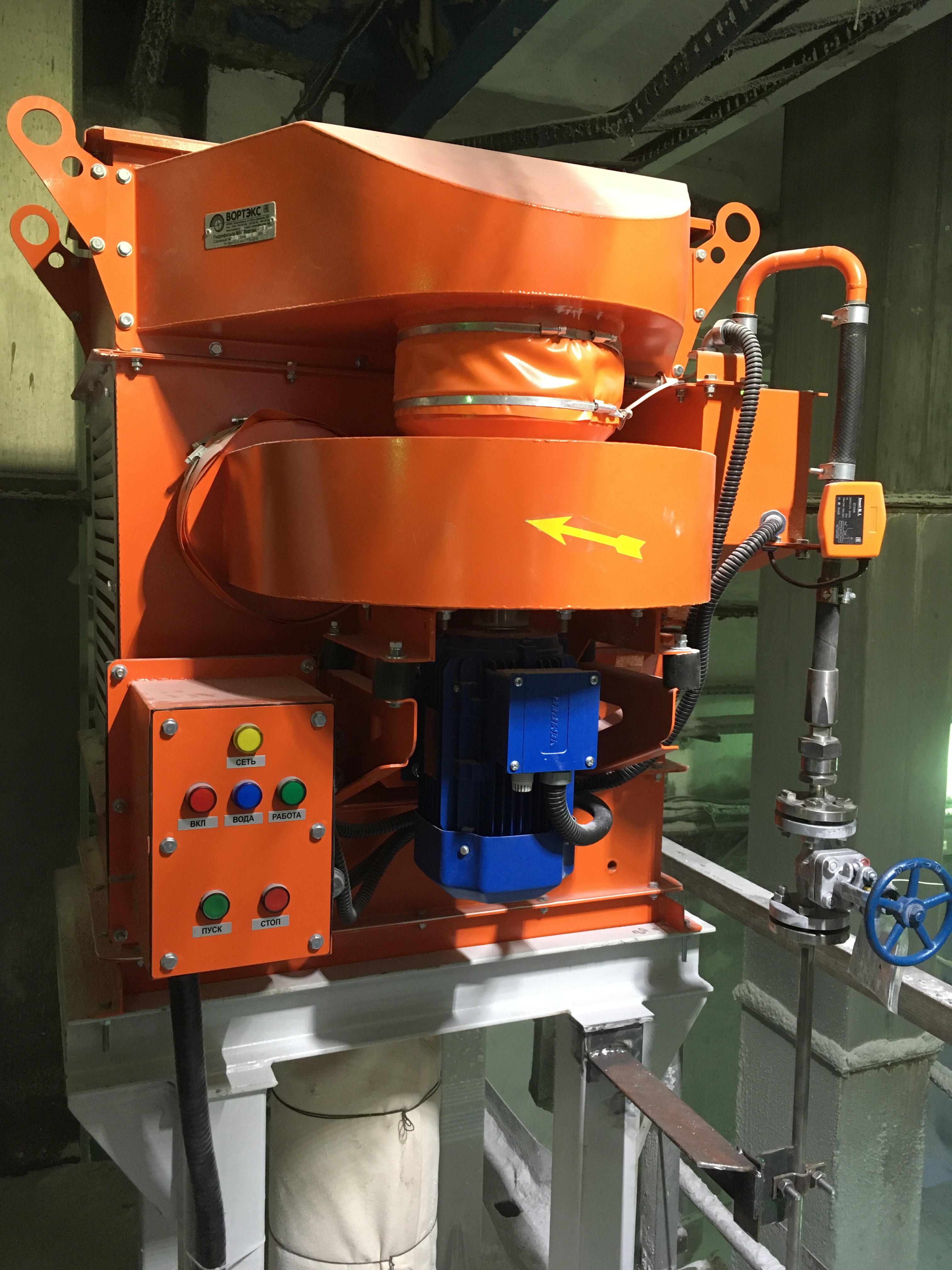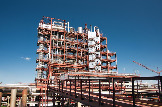In developing the process, NIIK pays great attention to environmental safety of operations, i.e. purification of gas emissions and waste water. For this purpose, the Company's specialists have developed proprietary technologies.
Wastewater deep treatment unit
Wastewater from urea plant is formed from reaction water generated by the urea synthesis reaction, acute steam supplied to individual apparatuses of the technological scheme, evaporation processes, condensate topping, etc. Due to the existing peculiarities of the technology at different urea units, differences in operating modes of the wastewater treatment unit and the presence of design features of the equipment of the unit, a set of reconstruction measures for each urea unit is selected individually.
The unit is designed to treat wastewater from ammonia and urea plants and return it to the production cycle.

Treatment of urea plant wastewater is firstly carried out in a desorber, then the wastewater is delivered to a hydrolyser, and after treatment of water from urea, the final ammonia removal from the wastewater is carried out in another desorber or in a high-efficiency hydrolyser. The high-efficiency hydrolyser is of original design. Both urea hydrolysis and ammonia stripping are carried out in it. The hydrolyser is a column type apparatus consisting of 2 parts, "hydrolysis" and "desorption". The process of urea hydrolysis runs most efficiently in the ideal displacement mode. One of the simplest and most reliable methods is sectionalisation of the hollow apparatus. Installation of contact devices uniformly along the height of the hydrolyser in the "hydrolysis" part gives the following effect: the reverse mixing of the liquid is significantly reduced, the hydrodynamic mode of operation approaches the mode of ideal displacement. The contact surface of phases in the apparatus is significantly increased due to multiple dispersion of the gas phase. In the "desorption" part of the hydrolyser, ammonia is effectively extracted from the liquid released as a result of urea hydrolysis. Ammonia removal from process water allows efficient hydrolysis in the "desorption" part of the hydrolyser as well.
The new wastewater treatment unit provides a high degree of wastewater treatment and allows to obtain ammonia and urea concentration in the water at the outlet of the unit not exceeding 5 ppm for ammonia and urea. This water is used to produce boiler water or to recharge the water cycle, so there is no wastewater discharge in urea plant.
Highly efficient urea dust control systems based on the foam hydrofilter (FHF) of JSC NIIK

During transportation of prilled or granulated urea after the units of receiving the commercial grade to the warehouse or to the places of loading, dusting occurs in the transfer units of flow transport systems, i.e. release of dust-like particles into the environment. Product losses in this process from only one transfer can amount to more than one tonne per day. As a rule, there may be several such piles in a urea production facility. Urea dust leads to air pollution in the workplace, dust deposits on equipment and building structures and to losses of finished product. NIIK has succeeded in creating a compact purification unit, which is placed above the product transfer point. It extracts polluted air, purifies it, and returns the purified air to the production room. The absorbed dust is discharged from the unit as a water solution for recycling. The efficiency of purification, according to the results of industrial implementation, exceeds 99.9%.
In addition to local purification systems, this technology can be applied by equipping standard absorbers or scrubbers with special plates that ensure operation in the mode of a highly efficient foam hydrofilter.

